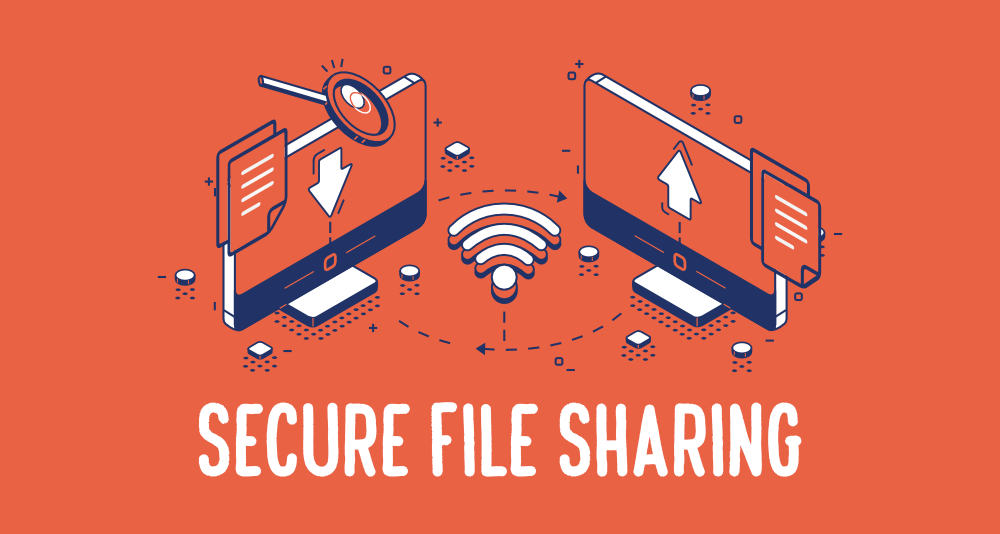
Suffice to say then that with all of the different file sharing websites out there, one is not necessarily as secure as another, though we can certainly assume that the major ones, being a bigger target for hackers, take the necessary steps to preserve the integrity of their systems. At least, you’d think that they could afford it.

But at the very least, one has to imagine that a company like Google must have access to the most cutting edge security and encryption technology, not to mention highly capable personnel to combat any external threats. Of course, that might actually be a good thing from a security standpoint. Google Docs does not publish its security and encryption methods, or not in any detail at least. They are also approved by the Payment Card Industry (PCI) Security Stands Council (a private, global body setting standard for electronic transaction security) to use a third parties to process payments. #Slack makes it a little more difficult to see if they have any similar level of email encryption technology that they employ to protect their information, though their data is encrypted while at rest and in transit using “the latest recommended secure suites and protocols”.

With the exception of a select handful of employees at Dropbox, no one is supposed to be able to view anybody’s private files who has not been given a link by the proprietary user’s authorization. Resting files in Dropbox are encrypted with a 256-bit Advanced Encryption Standard. Dropbox employs advanced email encryption software, including Secure Sockets Layer/Transport Layer Security that creates a minimum 128-bit advanced encryption tunnel as it travels between applications and servers. Presumably, the popular file sharing sites have some substantial security resources to ensure that the tremendous wealth of information that they store is safe from hackers and prying eyes. But it is worth to examine these protections as well the reasons why some people think that using these file sharing sites puts your information at risk.

But are they safe? Well, they certainly have built in protections that are meant to give the user confidence. File sharing websites, such as Dropbox, Google Docs, #slack and others, have become useful tools for the many people and businesses out there if you need to transfer and store large and bulk files digitally between different parties.


 0 kommentar(er)
0 kommentar(er)
